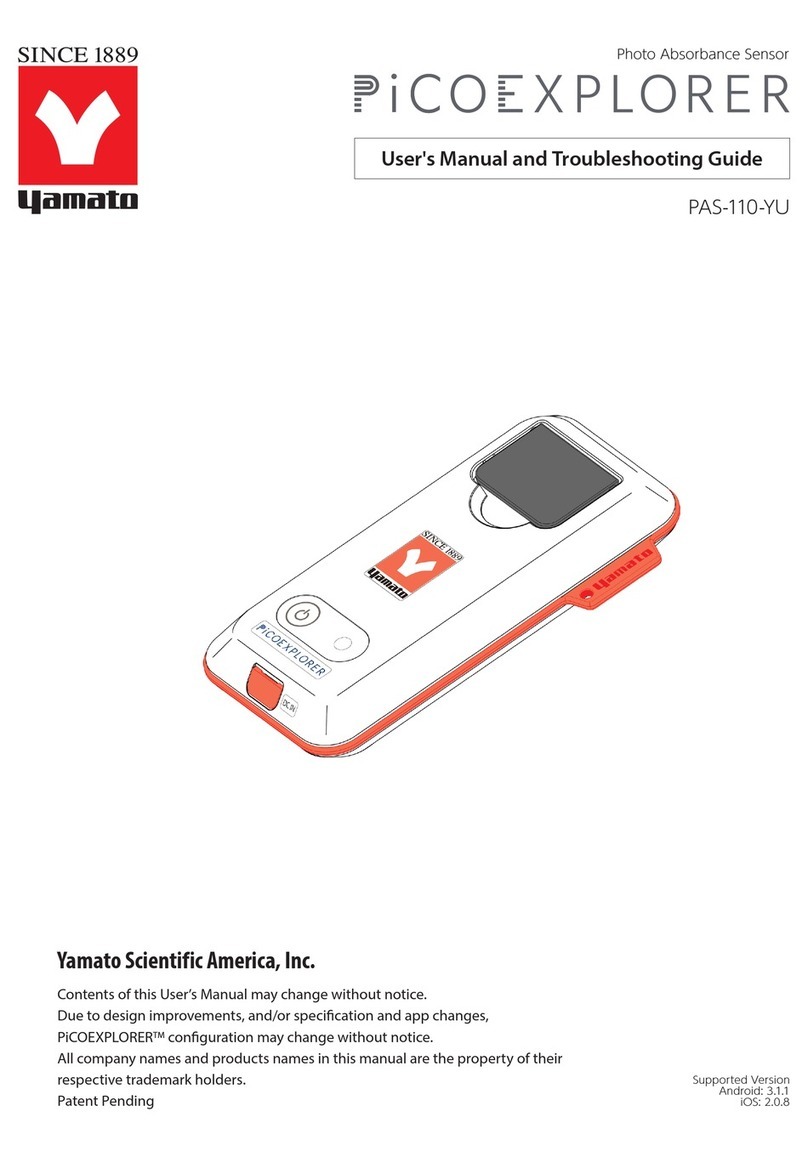Message to our customers
Traditionally, the quality of marine (fish) products has been subjectively evaluated by the experiences of
specialists and not on a quantified or objective basis. In order to digitize and make it objective, it requires
specialized knowledge and special equipment and/or to rely on time-consuming chemical analysis. Our goal was
to develop a compact device that can measure the content of fish fat, which is one of the major indicators for fish
tastiness (deliciousness) index for quality marine products, easily and nondestructively.
In order to develop the Fish AnalyzerTM Pro, we joined forces with Japan’s top researchers and Universities
such as: Nagasaki University Fisheries Department, Nagasaki Prefectural Fisheries Research Institute, Chiba
Prefectural Fisheries Research Center, Yamato Scale Co., Ltd., Fisheries Research Institute (currently National
Research Development Corporation Fisheries Research and Education Organization). We developed technology
conferences with Agriculture and Forestry and Fisheries Technology 2010 “New Practical Technology
Development Project to Promote Agriculture, Forestry and Fisheries Policy” and "Development of quality
measurement equipment aiming at improvement of fish prices and provision of high-quality marine products and
fish processing products". The result of our collaboration and development was the Fish Analyzer TM Pro. We are
proud to bring to market the Fish AnalyzerTM Pro that can measure the fish fat content and fish freshness of
horse mackerel, yellowtail, tuna, sea bream, bonito, and sardines and many more nondestructively, quickly and
easily at any location.
In addition to measuring fish fat, the Fish AnalyzerTM Pro can distinguish fish that have been previously frozen
or thawed. The information you can gather by using the Fish AnalyzerTM Pro will help to improve the taste and
the freshness of the fish for superior aquatic product. The ability to make on the spot decisions by using the Fish
AnalyzerTM Pro at your processing site, warehouse or anywhere you choose will help to improve the quality of
your fish products. We hope that the Fish AnalyzerTM Pro can contribute to the sustainable supply of high-quality
products to consumers.































